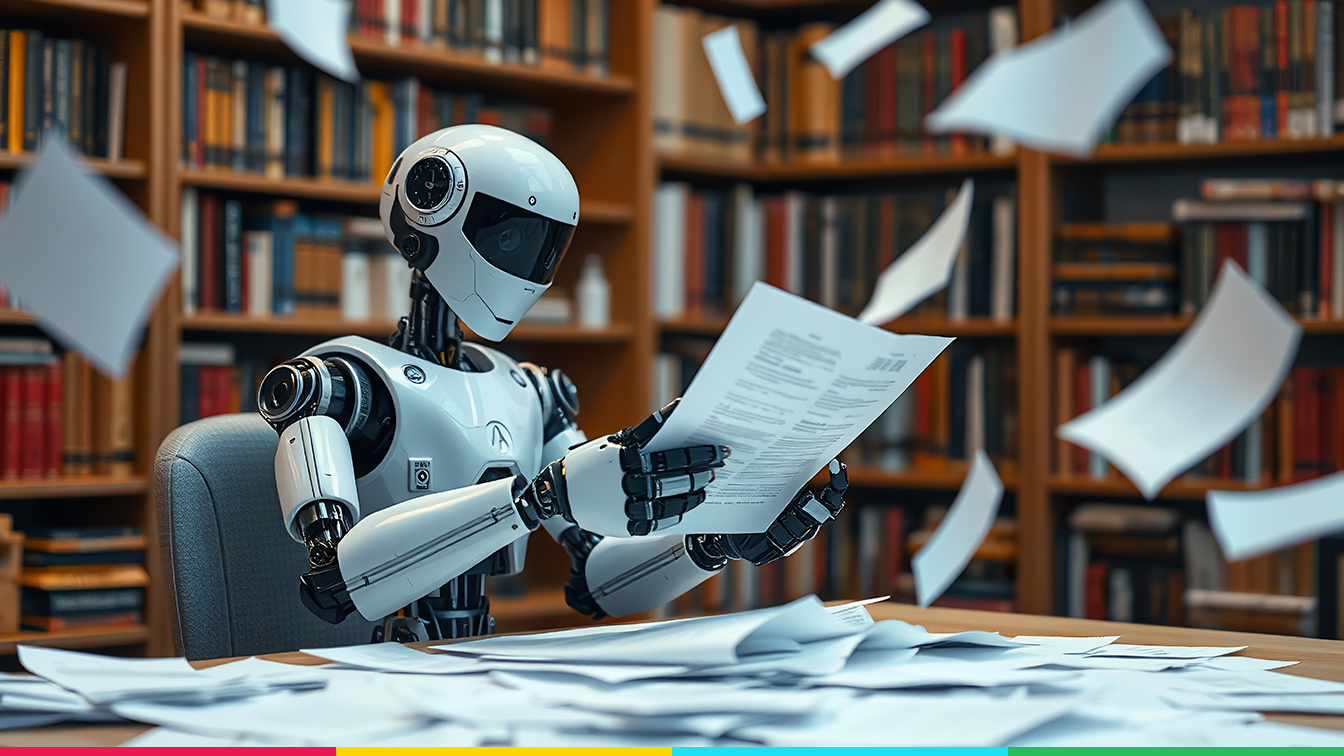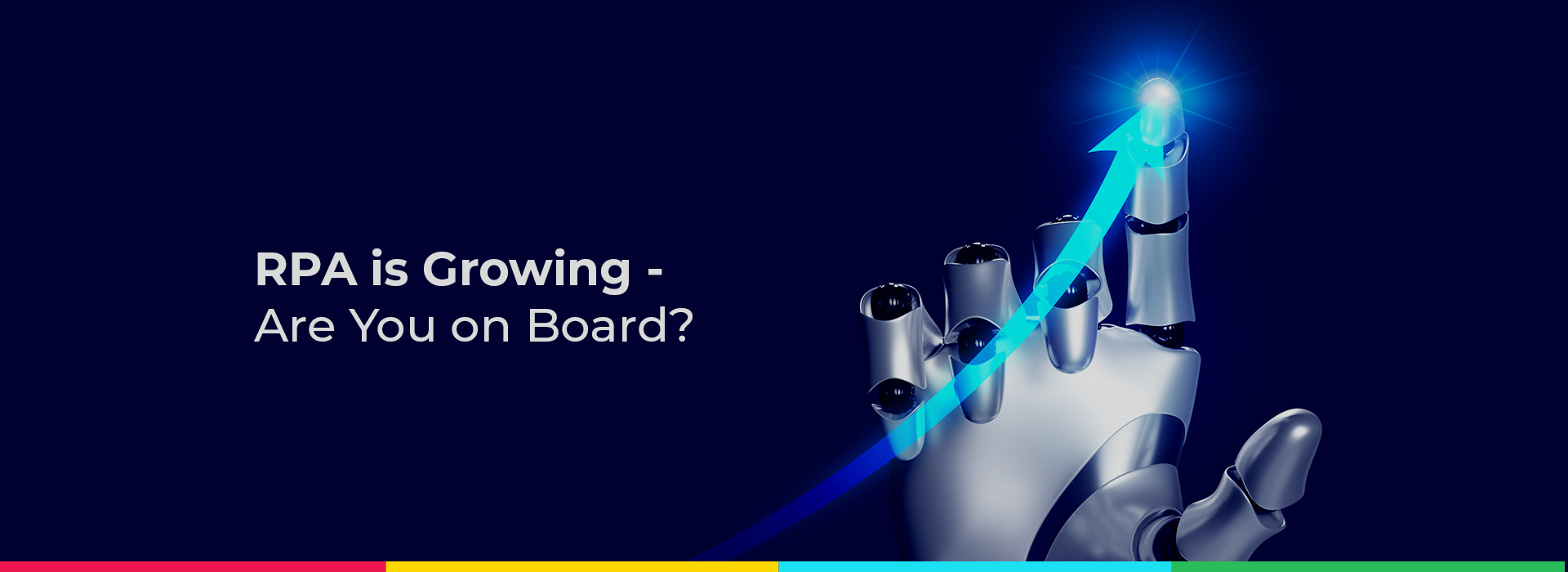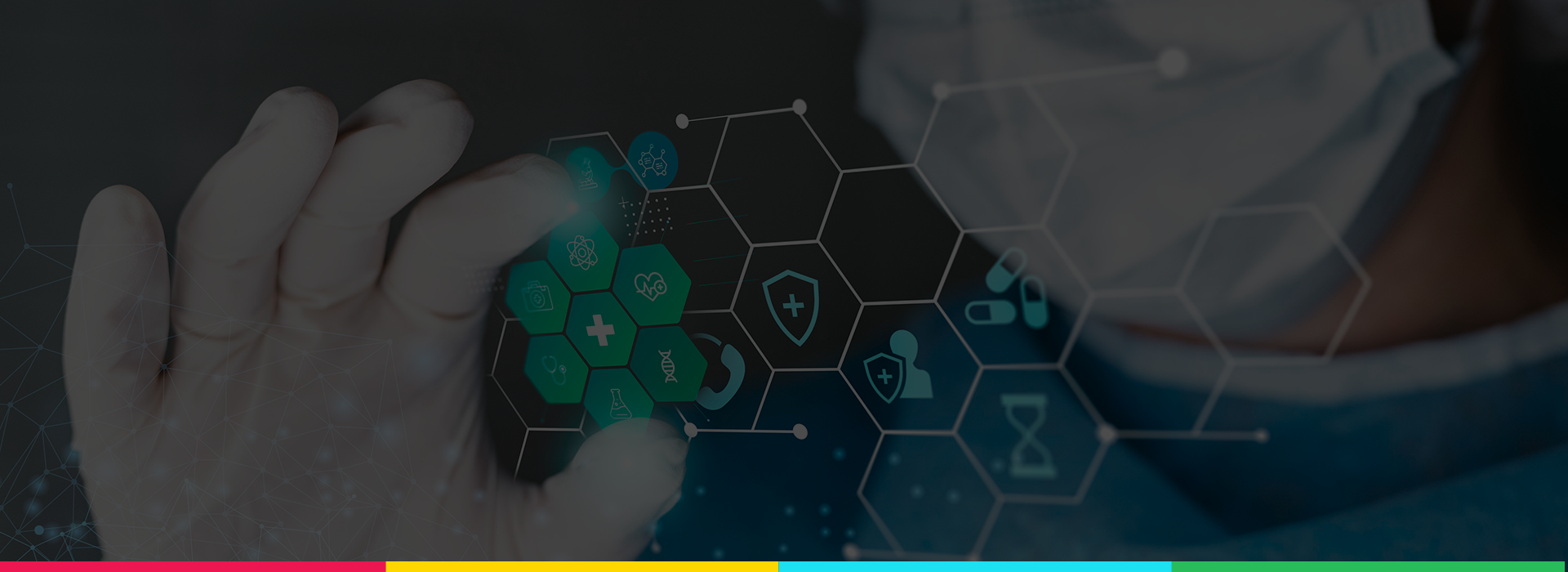
Blog
Understanding, Document Understanding
Across many industries and business functions, the automation of the handling of business documents has had numerous major benefits, including:
- reduction in the time and costs associated with processing the documents
- reduced risk with the elimination of human error
- more effective audit trails ensuring compliance
- free valuable human resources from manual and repetitive data processing activities
- optimizing processes
- increasing revenues
- reducing expenses by taking advantage of better payment terms
- faster and timelier document processing due to 24/7 run times
- digitalizing the data to allow it to be indexed, analyzed, and stored more effectively
- ensuring work is completed, even though human resources are not available
Successful automation projects in the past have required access to easily digitizable, easily digestible, highly structured files and data which are easy for machines to understand. But the question remains: How well does that describe most of the documents that enterprises have in their pipelines?
File formats such as Excel, Word, PPT, XML, readable PDFs and others fall into the category of standard readable input, assuming they come in a predictable format. But what about forms that can come in multiple formats, legal agreements and contracts, microfiche, financial reports, invoices, receipts, handwritten documents or resumes? It is rare for these to be easily converted into the kind of structured data that most digital processes require.
It has been estimated that between 50% and up to 80% of all documents in organizations are unstructured or semi-structured in nature. These types of documents have been excluded from the radical benefits that automation and digital processing can provide. In turn, this means the data is hard to find and the documentation difficult to automate.
So, what is the solution? Document Understanding.
What Is Document Understanding?
There are three document categories within document understanding. Each category has specific challenges and may require a different technical solution.
| Definition | Examples | Challenges | |
|---|---|---|---|
| Structured | Documents that are standard in format and can be templatized with a fixed location for specific data sets. |
|
|
| Semi-Structured | Documents with similar sets of information (usually labeled), but with variance in design and placement of data. |
|
|
| Unstructured | Documents without a standard structure, with significant variance in data consistency and structure. |
|
|
What are the advantages of Document Understanding?
Document understanding provides the means to store, index, query and analyze entire categories of documents where these operations were previously impossible (or at least hugely expensive and impractical).
| Examples of Document Understanding Use Cases | |
|---|---|
| Accounting |
|
| Financial Services & Insurance |
|
| HR |
|
| Supply Chain Management |
|
| Manufacturing |
|
| Public Sector |
|
As noted, AI document analysis can produce several benefits, including:
- Reduction in errors.
- Better compliance.
- Free resources from manual and repetitive document processing tasks.
- Perform analysis and gain insight into your data.
- Integrate previously underutilized information within your system into other business apps and processes where it can do the most good.
- Integrate with your Current Cloud Service provider's services for cloud document processing.
How does Document Understanding work?
Document understanding AI encompasses a range of techniques, but the fundamental steps are the same. Here is a look at those steps in practice:
1. Taxonomy
Defines the files and data for extraction.
Just as you look in a catalog file to find a book in a library, a taxonomy provides a way to organize the data you need. Not thinking of how to organize the data can also reduce productivity.
When extracting data for entry into an ERP system, the data fields are already identified. However, research has shown that employees frequently cannot find the data they need or duplicate information that already exists.
2. Digitization
Provides text and its location for the technical solution.
Once a structure is defined, then the document is scanned using OCR (Optical Character Recognition). The document understanding solution will create an image of the document textually, and visually that can be used to perform further analysis.
The image contains more information than we really need right now, and we haven't yet performed any analysis of the data. In the steps to come this will be the image that the AI for document analysis will "see" when interpreting the meaning of the document's elements.
3. Classification
Identifies and classifies the documents from a specified list.
The next step is classification. We use a machine learning model to tell us exactly what type of document we are dealing with. This may be useful information in itself when sorting files of different types, but it is invaluable when we go to figure out what information we expect to find and extract from the document i.e. what outline or model we should apply to which type of document.
4. Extraction
Extracts the data from the document.
At this step we perform document data extraction. By now we should already have the output from the first step containing all of the raw data, we should know what kind of document we are dealing with, and we should also have a pre-defined definition of the information that we want to get out of the document.
Using AI understanding text, that is, a machine learning model trained and tested using human-validated information extracted from similar documents in the past, it extracts the information out of the document that will be useful to the business process going forward.
5. Validation
If needed, a human will help confirm the extracted data by a human using Machine Learning.
Finally, for our model to become smarter, and more powerful at performing the desired outcomes we must give it feedback. A human will have to validate a small sample of its output as a trusted source of what the "correct" results should be until we have data sufficient in quantity and quality that our model's predictions are accurate "enough," and that any potential errors are statistically negligible.
What this means in practice may depend on business requirements, but the most common practice is to send any predictions that do not meet a certain threshold for confidence to be validated manually. Over time the number of predictions that do not meet the threshold will naturally diminish.
6. Export
Exports the extracted information for further usage.
The data can now be entered into an ERP or other data system or placed in a repository for further analysis or reporting. Often this is a Robot that takes the data and places it where trained.
So, document understanding is about utilizing AI and NLP technologies to expand the range of available types of business documents and files that a Robot can understand. This extends from only the very predictable, highly structured data, to the variable unstructured and semi-structured data that makes up most real business documents in use across many industries and departments.
What we are seeing with the emergence of document understanding technologies is, in a practical sense part of what makes the application of AI and natural language processing so exciting. By expanding the range of documents the automated document processing systems can handle, businesses can now take the major gains which result from automation, like reduced error rates and costs, better audit trails and faster more efficient processing pipelines, and apply them to problems where it was previously impossible.
Get Reliable Document Understanding AI Solutions with NITCO
Ultimately, information or data is very often the most valuable resource that a business can have at its disposal but is only as productive as its ability to process, understand, and get insight and value out of it. To that end, document understanding is a powerful tool to unlock more of the value contained in your documents.
NITCO, Inc. is a partner to some of the most exciting players in the intelligent document processing market, including ABBYY, UiPath, and AppZen. We are experts in finding the best and most cost-effective document understanding solutions to meet the business requirements of any organization.
Contact YourDigitalTechnologyPartner@nitcoinc.com to get started on your document understanding journey.




 US Headquarters
US Headquarters India office, Hyderabad
India office, Hyderabad